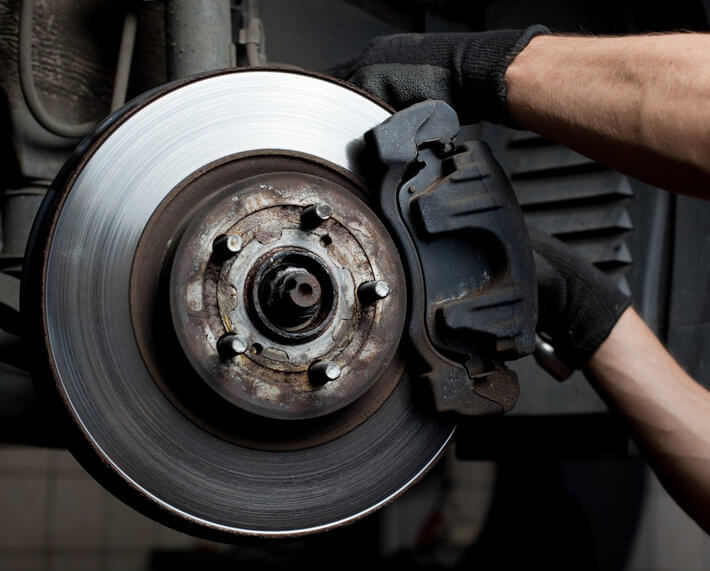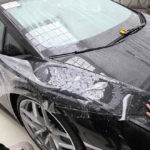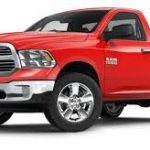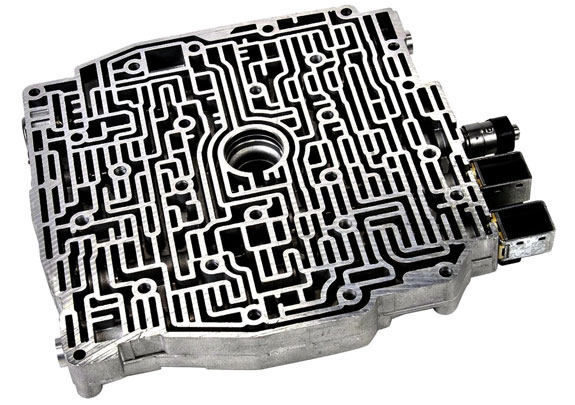Are Ceramic Brake Pads Good? Many of us who are car owners know what brake pads are. But the issue is that some people don’t know which of the brake pads are good. So in this article we are going to see if ceramic brake pads are good. Before we answer this question, let us consider what ceramic brake pads are, and the difference with metallic brake pads.
What Are Ceramic Brake Pads?
Ceramic brake pads are formed of a type of ceramic comparable to that used in pottery and plates, but they are denser and more robust. Fine copper fibers are also placed in ceramic brake pads to aid increase friction and heat conductivity. When the brakes are engaged, ceramic brake pads are exceedingly quiet, making little to no additional noise.
Ceramic brake pads, in comparison to organic brake pads, emit less dust and other particles over time as they wear down. Ceramic brake pads are more reliable in a wider range of temperatures and driving conditions than organic brake pads.
Buy Quality Ceramic Brake Pads On Amazon Here
What Are Metallic Brake Pads?
Metallic brake pads, also known as semi-metallic brake pads, are made up of somewhere between 30% and 70% metals, depending on the manufacturer. Iron, steel, copper, and various alloys are among these metals.
In addition to these metals, these brake pads contain graphite lubricant and a number of fillers. The chemical composition of these substances varies by manufacturer and model. The most significant benefit of metallic brakes is that they are good heat conductors. This not only allows them to resist more heat, but it also allows them to cool down faster.
They do, however, have drawbacks when compared to ceramic brakes. They are, without a doubt, significantly noisier. This implies they’ll be significantly louder while you’re behind the wheel. Furthermore, they place a greater load on the rotors than ceramic pads. As a result, they generate far more dust and debris.
Buy Quality Metallic Brake Pads On Amazon Here
Are Ceramic Brake Pads Good?
Ceramic brake pads are typically the most expensive brake pad replacement choice. Ceramic pads were created for driver comfort and are made of ceramic materials combined with copper fibers. They are the quietest, emit the least amount of brake dust, and are temperature stable.
They’re also the most durable. Ceramic brake pads are also more firm than organic brake pads. In extreme cold, they don’t perform as well as other pads, and they’re not designed for performance. Ceramic brake pads, on the other hand, are quiet, pleasant, and long-lasting, making them ideal for everyday use.
What Kind Of Brake Pads Do I Need?
This is determined by the manufacturer’s recommendations as well as the ride quality you expect from your vehicle and your driving style.
If you own or drive a high-performance sports car, semi-metallic brake pads are a good option. If you commute frequently in the city, however, a solid ceramic brake pad might be a better choice. If you don’t put a lot of miles on your car, an organic brake pad could be the best, most cost-effective option for you.
Have your brakes checked and brake pads replaced on a regular basis, regardless of which type you choose. When the metal “tang” at the pad’s base squeals as it comes into contact with the rotor, you’ll know your brake pads need to be replaced. Tangs are built into all types of brake pads as a wear indicator; if you hear one, replace the pads as soon as possible. It’s then up to you to choose between ceramic and metallic brake pads — or organic brake pads for a more cost-effective option.
Are Duralast Brake Pads Good?
Yes! The fact that Duralast backs all of its goods with a limited lifetime warranty says a lot about their quality. The distance you may travel without changing Duralast brake pads is determined by your driving style, however the majority of brake pad models offered by this brand can last up to 100.000 miles.
Duralast’s ceramic and semi-metallic brake pads can stop a car with nearly no noise, albeit some versions may screech in the initial few days. Furthermore, the Duralast brake pads are equally effective in hot and cold conditions thanks to the thermal scorching process.
Duralast brake pads are made with a formula that ensures a powerful first bite as well as enough braking stability. Furthermore, none of Duralast’s brake pad models wear out rapidly, even if you drive a long distance every day.
What Are Sintered Brake Pads?
Sintered brake pads, also known as metal sintered or metallic brake pads, are formed of metal particles fused together at a high temperature and pressure.
Because of their ability to function in a range of circumstances, sintered brake pads are used in most OEM applications, including not only mountain bikes but also motorcycles and cars. In wet and muddy trail conditions, sintered brake pads will continue to grasp as well as ever.
Sintered brake pads may be preferable for racers since they are less impacted by heat. The more force you apply to the brakes, the more heat is produced. On those lengthy, steep descents, sintered brake pads will last longer than organic brake pads.
Running sintered brake pads has a few drawbacks, including the fact that they can be noisy. Sintered brake pads can be loud, depending on whether they’re wet or have been exposed to extreme heat. Finally, because sintered pads are comprised of a tougher substance, they can cause rotor damage. For the most part, this isn’t a concern because burning out brake rotors requires a lot of misuse.
Do ceramic brake pads wear rotors faster?
Ceramic brake pads often last longer than semi-metallic brake pads and provide superior noise management and fewer rotor wear-and-tear without losing braking performance.
Are ceramic brake pads good?
Ceramic brake pads emit less dust and other particles when they wear down when compared to organic brake pads. Temperatures and road conditions: Ceramic brake pads can withstand a wider variety of temperatures and driving conditions than organic brake pads.
What type of brake pads are the best?
Ceramic brake pads: They are highly effective in stopping and dissipating heat. They emit relatively little dust or noise and are long-lasting, making them ideal for most routine driving applications. Ceramic brake pad formulas come standard on many foreign and local vehicles.
Why do ceramic brake pads squeal?
The back of the brake pad vibrates against the caliper assembly, causing ceramic brakes to screech. Squealing is usually caused by not employing a brake lining shim or not applying enough anti-squeal lubrication to the back of the brake pad where it meets the caliper.
How long do ceramic brake pads last?
Ceramic composite brake discs are robust and wear-resistant, making them far more durable than standard iron rotors. While traditional cast iron discs or iron rotors may last up to 60,000 miles, carbon ceramic rotors can last up to 100,000 miles without needing to be replaced, and may even outlast your vehicle.
Which is better, ceramic or organic brake pads?
Ceramic brake pads will very probably outlast organic brake pads. They’re less abrasive on the brake rotors, so they won’t wear out as quickly when you apply the brakes. Ceramic brake pads are less durable than semi-metallic brake pads, but they are more durable than organic brake pads.
Are ceramic brake pads more expensive?
Yes, ceramic brakes are significantly more expensive than asbestos or metallic brakes. In addition, they are less conductive than metal brakes. As a result, more heat is passed to the remainder of the braking system, which might cause it to wear down over time.









